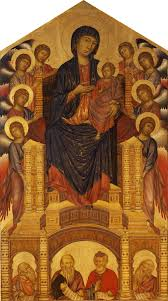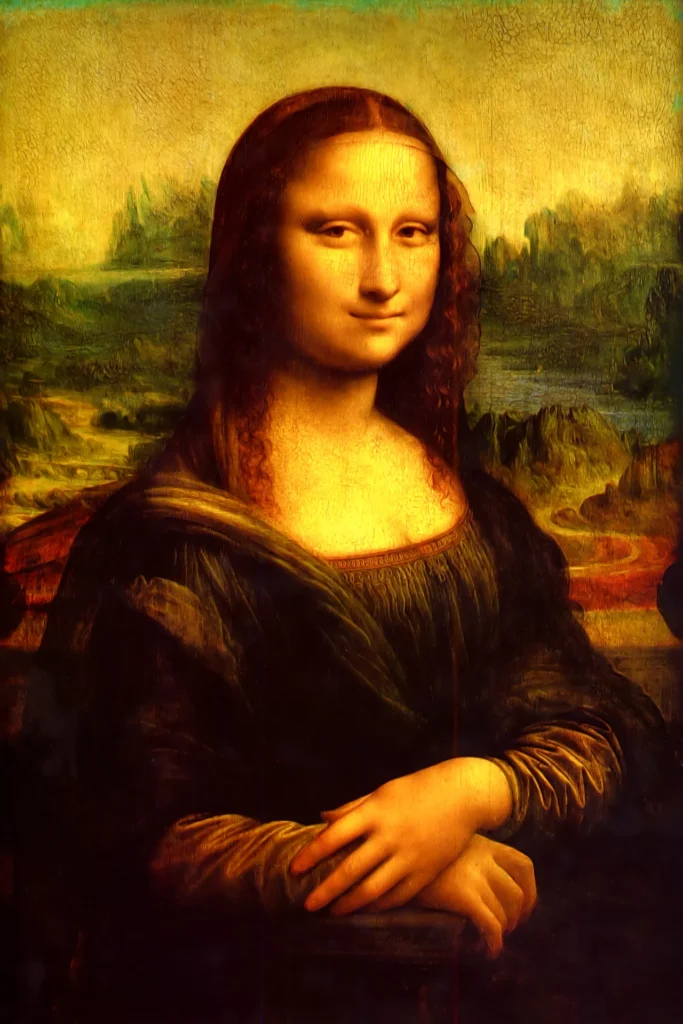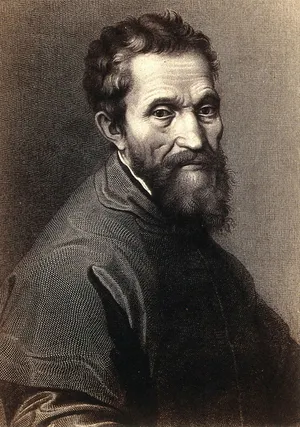
Cimabue, also known as Cenni di Pepo, was a pivotal figure in the transition from Byzantine to Gothic art in Italy. Born around 1240 in Florence, his work laid the groundwork for the Italian Renaissance.
Background:
- Education: Cimabue was likely trained in the traditional Byzantine style before developing his own approach.
- Cultural Impact: His work marked a shift toward more naturalistic forms and a greater emphasis on emotion in religious art.
Career:
- He is known for his large altarpieces and frescoes, which often feature vibrant colors and expressive figures.
- Cimabue’s most famous works include the frescoes in the Basilica of San Francesco in Assisi and the Madonna di San Domenico.
Achievements:
- His innovations in composition and perspective influenced subsequent artists, including Giotto, who is often considered his pupil.
- Cimabue is credited with bridging the gap between medieval and Renaissance art.
Personal Philosophy:
- He believed in capturing the spiritual essence of his subjects, aiming to evoke a sense of divine presence in his works.


